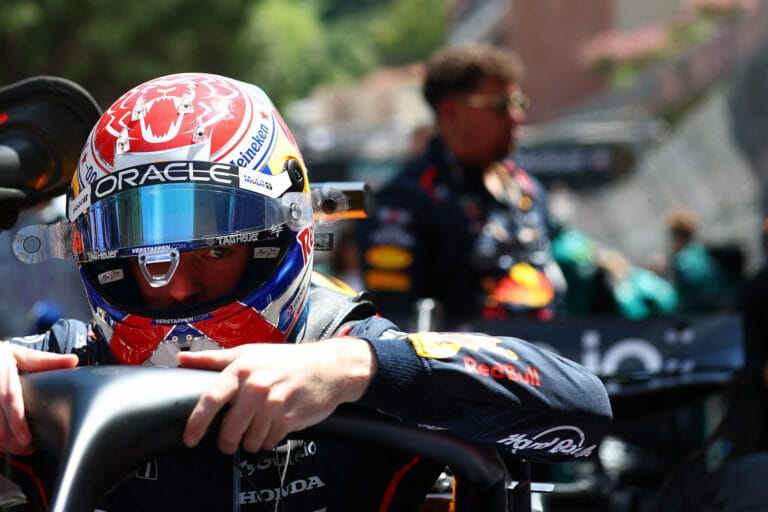After every Formula 1 race, driver Jeroen Bleekemolen shares his insights in an exclusive column for Formule1.nl. Who or what caught his attention, what went well, and what needs to change? This time, he discusses the mandatory pit stops in the Monaco Grand Prix and the resulting strategic choices. Is it worth repeating?
There was much anticipation about the rule introduced specifically for Monaco, requiring drivers to make two mandatory pit stops during the race. Some had high expectations, while others were less optimistic. In retrospect, we now know how it all turned out: it didn’t make the race much more exciting. But, to be fair, it did make it more strategic.
Whether we should continue with this or perhaps take a completely different approach will be discussed at the end of this column. But first, something noteworthy: no red flag was seen in Monaco! Not even a safety car. Unprecedented! And this in a race with two mandatory pit stops; a red flag or safety car could have added some excitement (without wishing anyone a serious crash, of course).
Strategic Approaches in Racing
Let’s talk about teams that strategically performed well. Take Racing Bulls, for instance, with Liam Lawson and his early pit stops. His teammate, Liam Lawson, did an excellent job of holding back the rest of the pack. Had there been a red flag or safety car, Lawson might have even ended up on the podium. It was an impressive display of teamwork, similar to what we saw from Williams.
On the other hand, I understand the frustration expressed by George Russell and others about slow driving. After all, that’s not what Formula 1 is about. It was clear that Mercedes didn’t have their strategy together. They should have at least split their approach with one car. I can understand why Russell, as a driver, would risk a penalty by cutting through the chicane during the race. However, his lack of knowledge about the stop-and-go penalty rule is disappointing. That’s something a driver should know.
Smart Moves by Verstappen
At the front of the pack, the mandatory two-stop strategy didn’t make much of a difference. Everyone ended up where they should have based on their speed. I briefly thought that Red Bull and Max Verstappen were smart to wait so long, hoping for a red flag and thus a ‘free’ pit stop. It was a reasonable gamble.
Conclusions and Considerations
So, what’s the conclusion? On one hand, you might say: continue with this approach, perhaps even make it a three-stop strategy. That could potentially make the race more exciting. On the other hand, Monaco is Monaco, and maybe it should just be left as it is. It’s a challenging circuit for drivers; racing so fast through the streets, so close to the guardrail.
In short, Monaco presents challenges that are rarely seen elsewhere, demanding a lot from drivers, exactly as you would expect at the highest level of motorsport. Regardless of any potential changes, the Monaco Grand Prix undoubtedly belongs on the F1 calendar.









